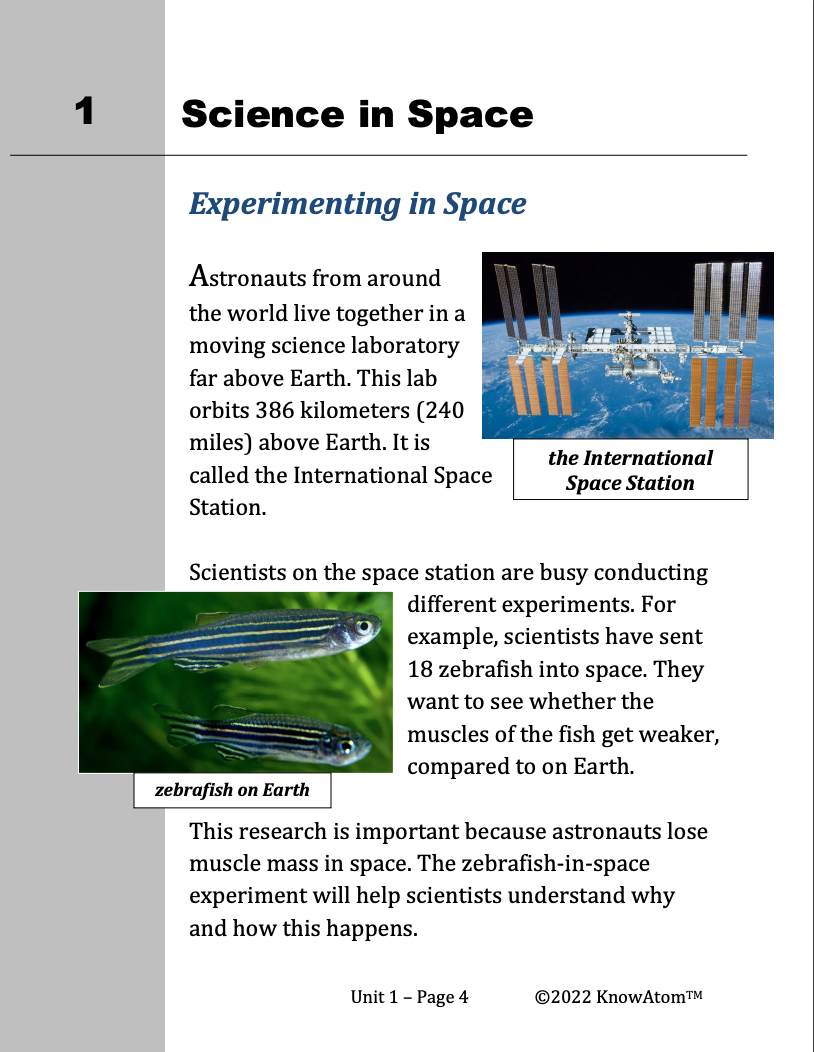
In this unit, students analyze the phenomena of matter, forces, and energy. In this lesson, they compare the effects of unbalanced versus balanced forces on objects. They then evaluate how matter interacts with and is changed by energy, which transfers from one object or system to another. This page showcases key components of this lesson.
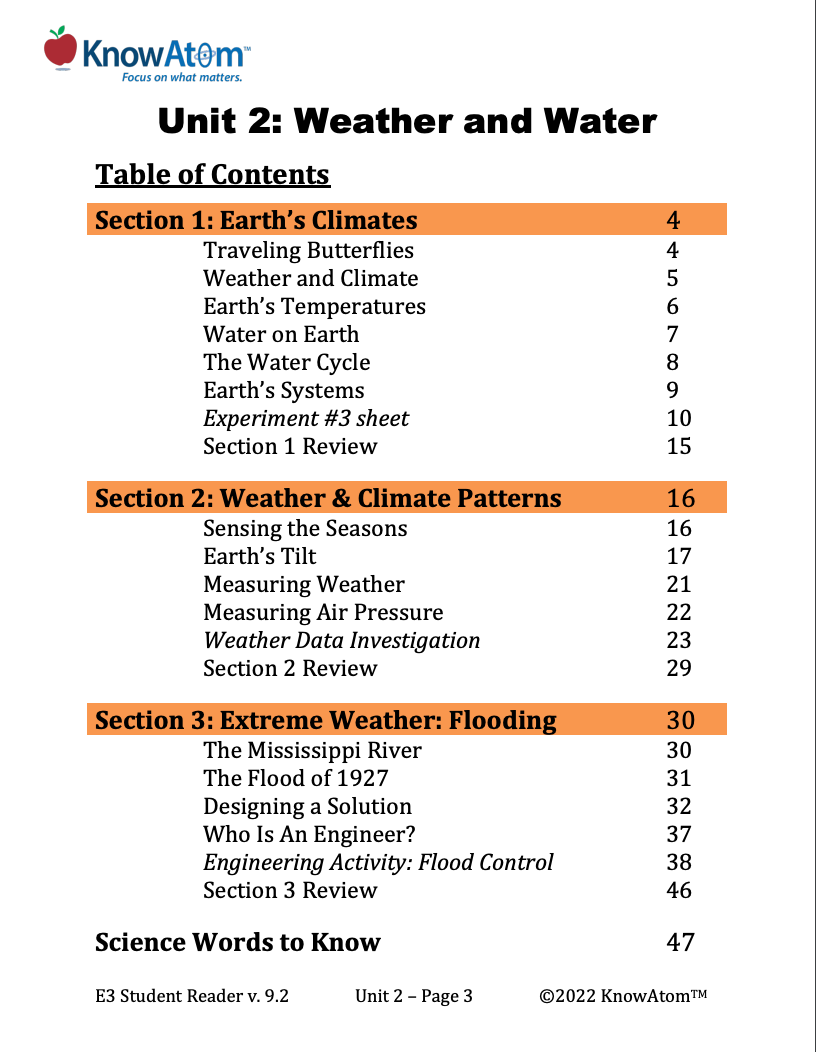
In this unit, students discover how the sun provides light and heat to Earth and how the water cycle influences weather and climate. Students analyze weather patterns in specific regions during a particular season. They then use that knowledge to study the effects of extreme weather on humans, evaluating solutions to protect against those effects.
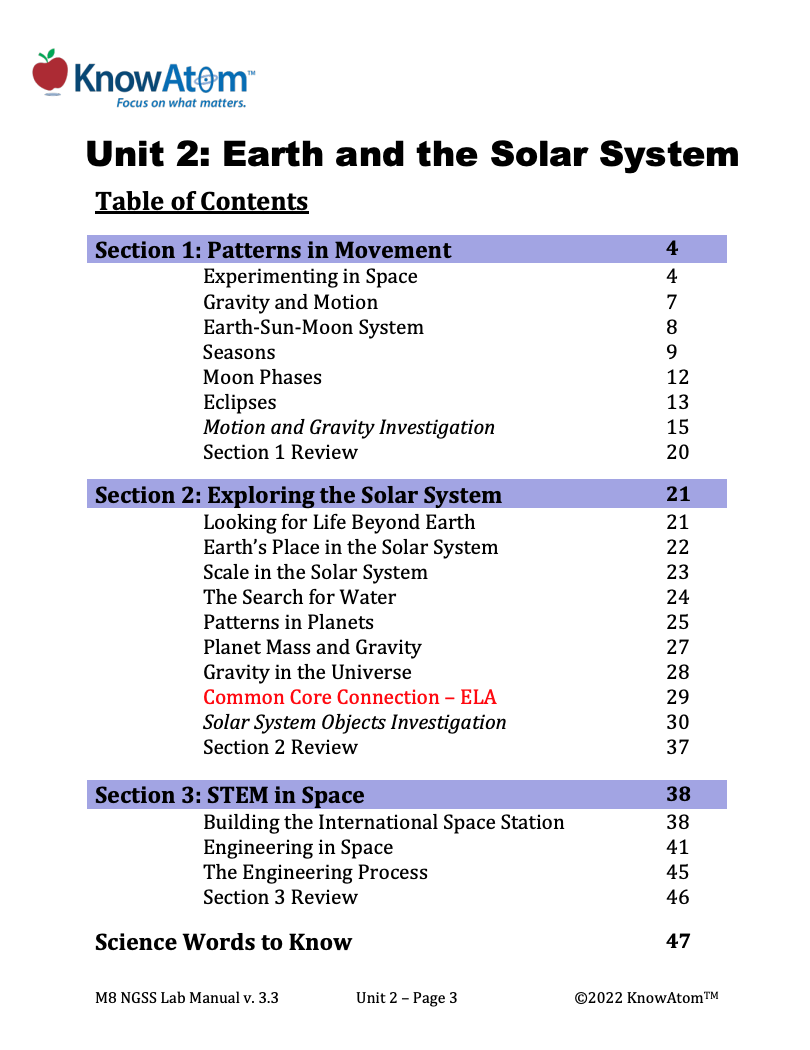
In this unit, students explore the vastness and mysteriousness of the universe, exploring how the Earth-sun-moon system fits into solar system phenomena and the Milky Way Galaxy. In this lesson they evaluate phenomena related to gravity’s role in forming the solar system and how mass and gravity determine weight on other planets. This page showcases key elements in this lesson.
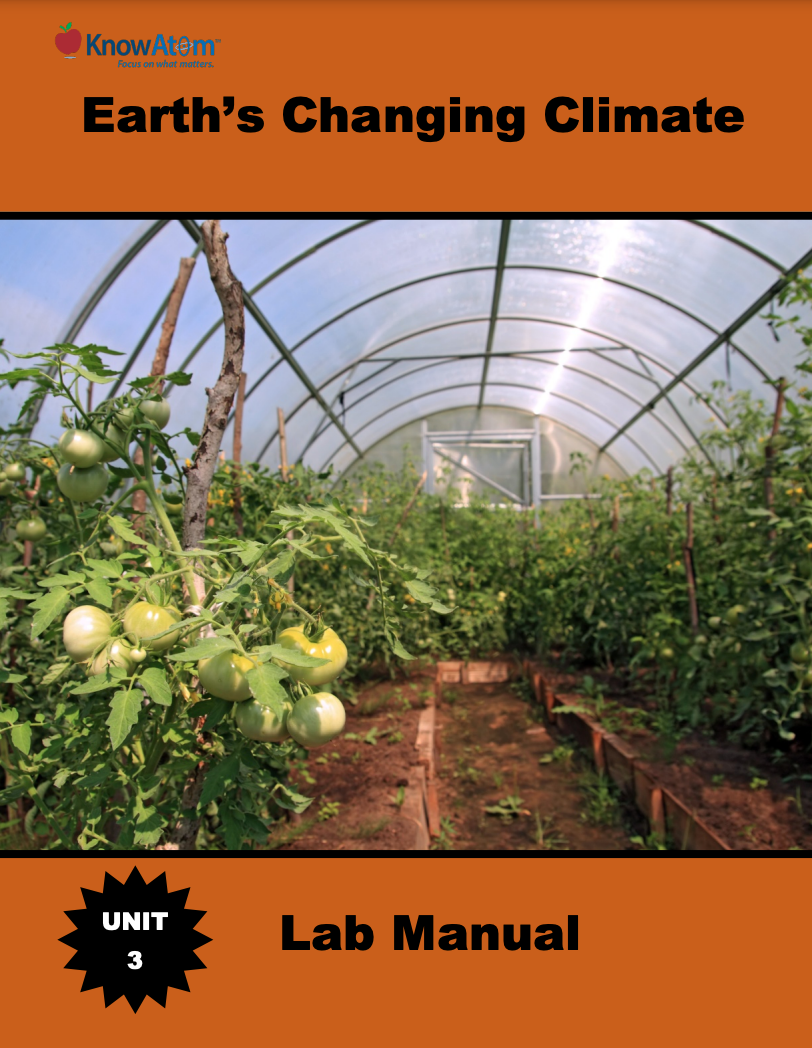
In this unit, students analyze the phenomenon of our sun as the primary source of energy on Earth. In this lesson, students explore how the sun’s uneven heating of the planet drives weather phenomena and climate phenomena, which result from complex interactions within Earth’s systems. This page is an extract from parts of this lesson.
.png)
In this unit, students focus on the phenomena of Earth’s ice as they model how glaciers shape Earth’s surface. In this lesson, they investigate how scientists use ice cores to reconstruct Earth’s past climates and environments. This page is a high-level extract of this lesson.
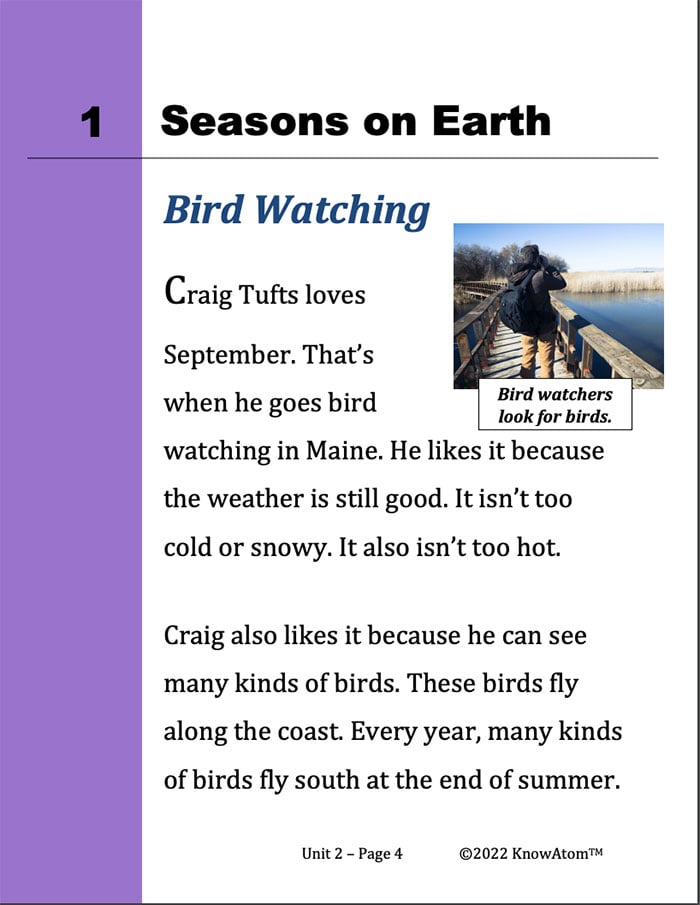
In this unit, students investigate the science phenomena of seasonal patterns and water cycles. Once students have analyzed how seasonal patterns of sunrise and sunset can be observed and predicted, they focus on seasonal temperature and rainfall patterns. They investigate temperature patterns of a specific location throughout the year.
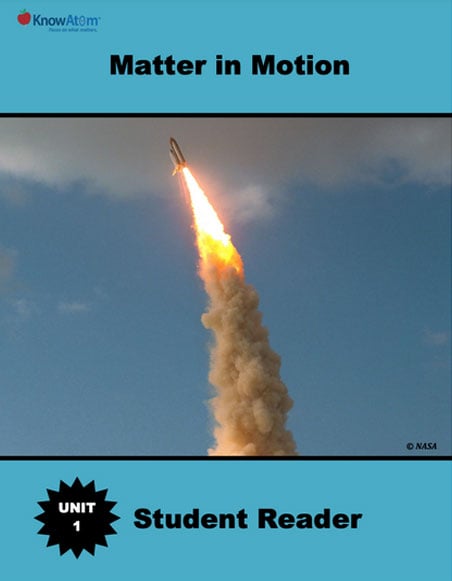
In this unit, students discuss how all matter in the universe is made up of different combinations of atoms formed from chemical reactions. They use scale models to compare properties of the sun, moon, and Earth, and then use that knowledge to analyze the science phenomena of how patterns are formed by the relative positions and movements of the sun, moon, and Earth. This page highlights key components of this lesson on patterns.
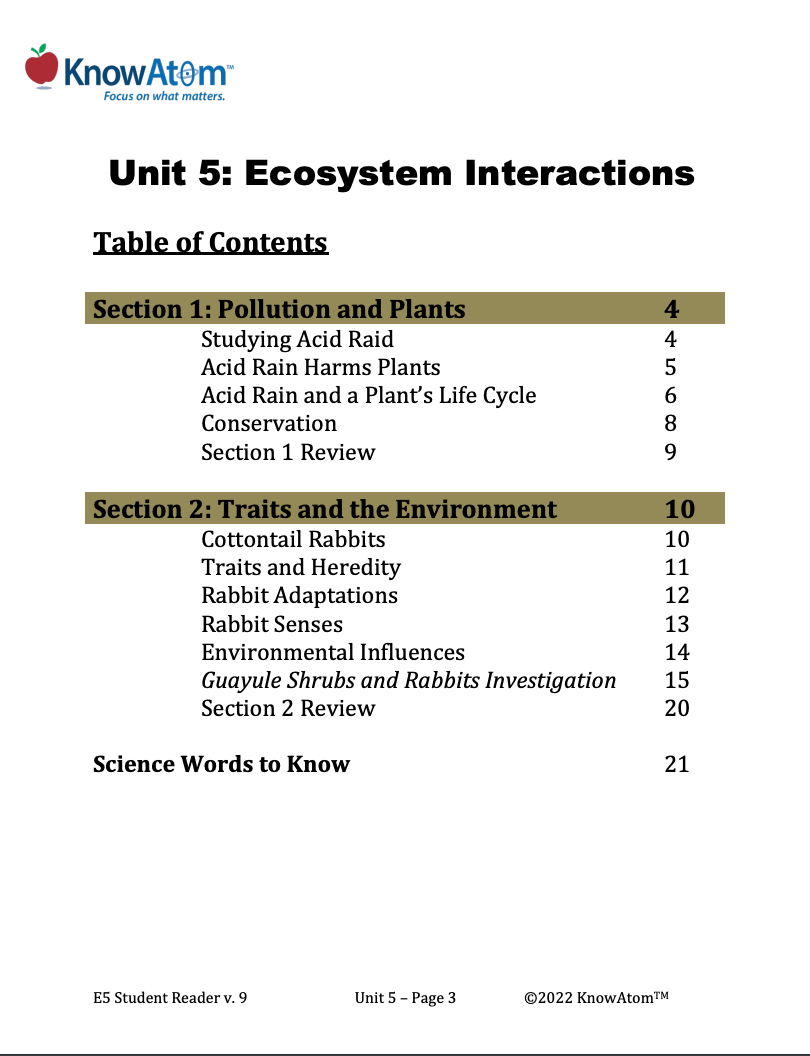
In this unit, students evaluate the science phenomena of how a change to an ecosystem can impact the living things that make it up. In this lesson, students explore how a change to the kind of plants in an environment results in a ripple effect phenomena on predation in the area. This page is a high-level extract of this lesson.
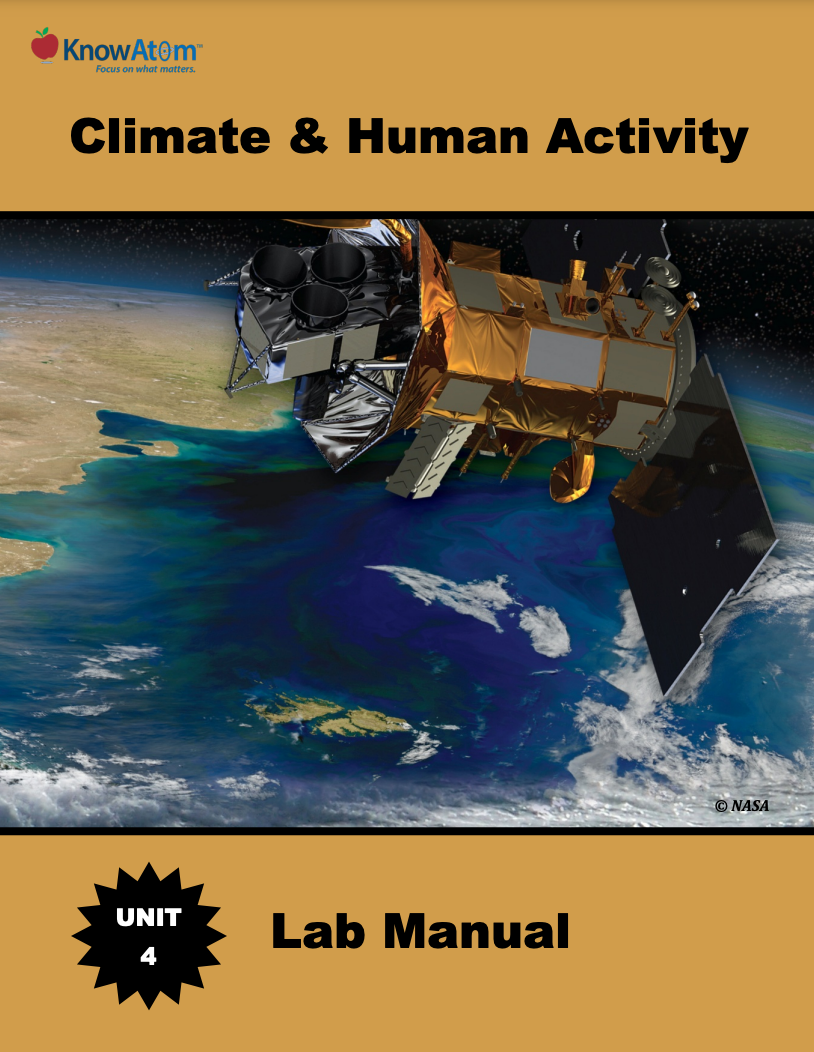
In this unit, students build on their scientific knowledge about matter, energy, and heat transfer to explore the phenomena of weather and climate. They investigate how the sun powers the global water cycle, which in turn has very local impacts that affect the phenomena of regional climates around the world. They then use that knowledge to figure out and design a technology that solves the problem of drought-related water shortages.
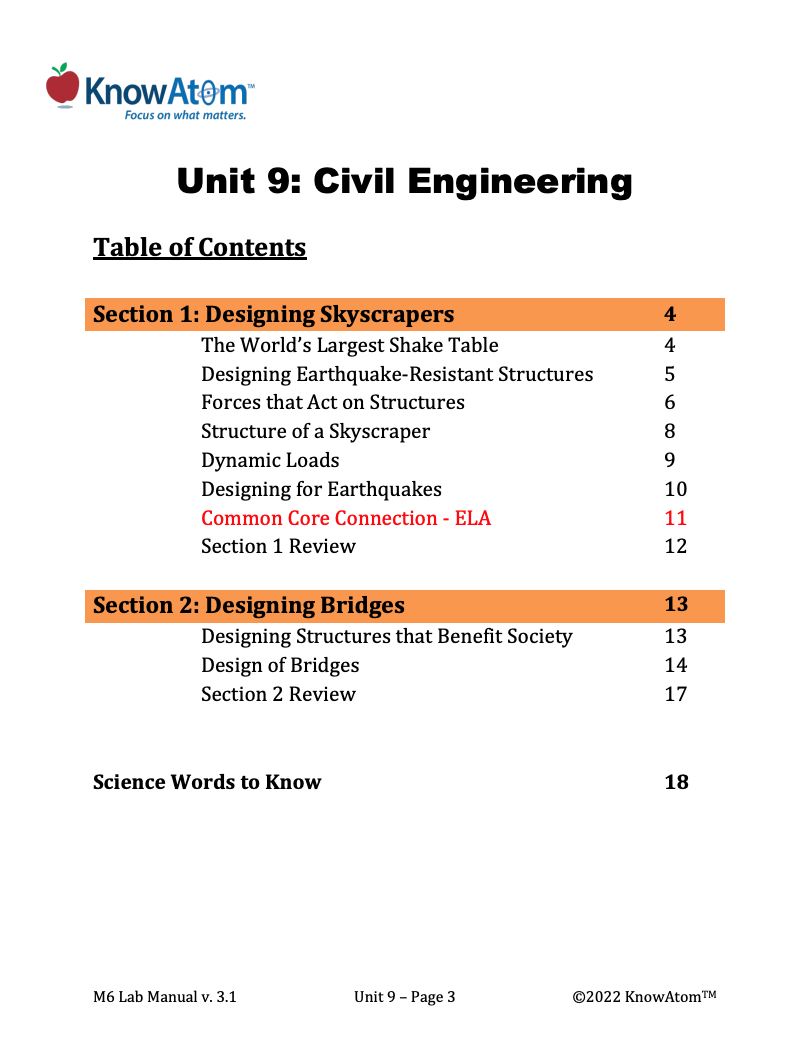
In this unit, students explore how engineers and architects design structures that help human populations survive and thrive in their environment. Students take on the challenges of civil engineers as they design different types of bridges to discover a design that can carry the maximum load. This page highlights the components of this lesson.
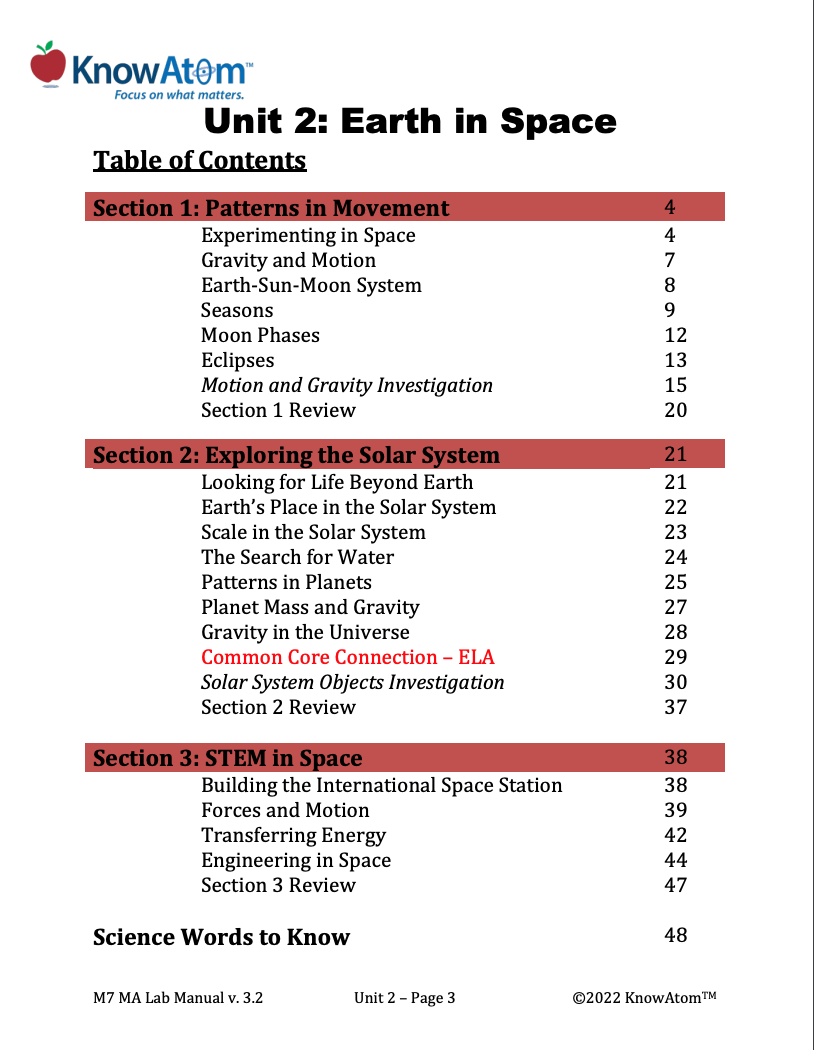
In this unit, students explore the vastness and mysteriousness of the universe, exploring how the Earth-sun-moon system fits into solar system phenomena and the Milky Way Galaxy. In this lesson they evaluate phenomena related to gravity’s role in forming the solar system and how mass and gravity determine weight on other planets. This page showcases key elements in this lesson.
Standards citation: NGSS Lead States. 2013. Next Generation Science Standards: For States, By States. Washington, DC: The National Academies Press. Neither WestEd nor the lead states and partners that developed the Next Generation Science Standards were involved in the production of this product, and do not endorse it.
